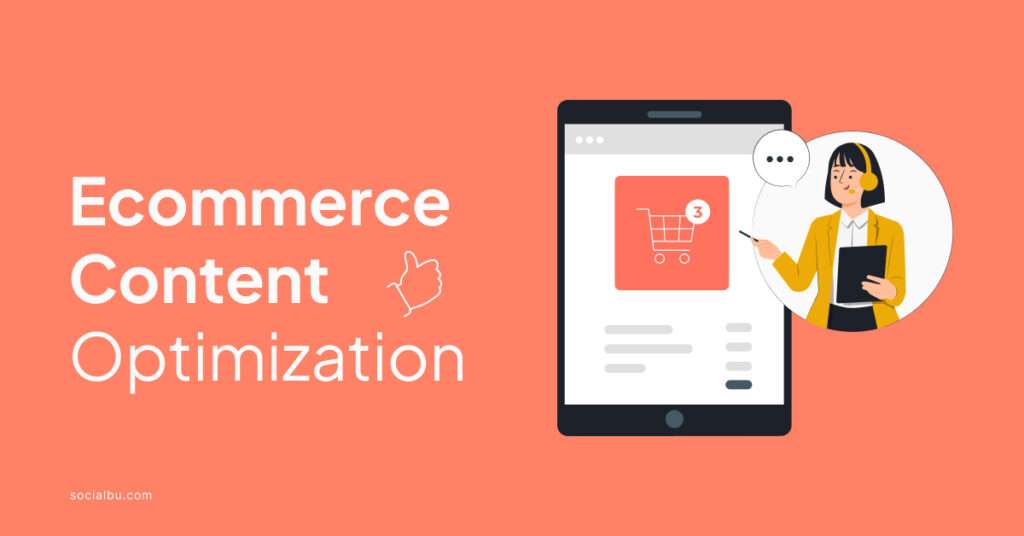With over 26.6 million eCommerce stores globally, today’s online marketplace is more competitive than before. So having a robust content strategy is no longer optional – it’s essential.
You must create high-performing content that not only informs your audience but also compels them to buy. This is where E-commerce content optimization comes in.
By strategically crafting content that targets search engines and resonates with your customers, you can increase website traffic and conversion rates.
This blog post dives deep into E-commerce content optimization, providing you with 9 actionable tips to optimize your E-commerce content for maximum impact and transform your website into a conversion machine.
7 Actionable Tips for E-commerce Content Optimization & Increase Sales

As per Statista report, global retail E-commerce sales will increase $8.1 trillion by 2026. This means the online shoppers will have more choices and the competition will be high within the retailers. So, making your brand trustworthy and getting seen by millions of potential customers, it’s essential to create high quality content and meet the customers needs.
Here are 7 actionable and practical tips you can use for your E-commerce content optimization and generate more leads and sales.
1. Understand Your Audience and Search Intent
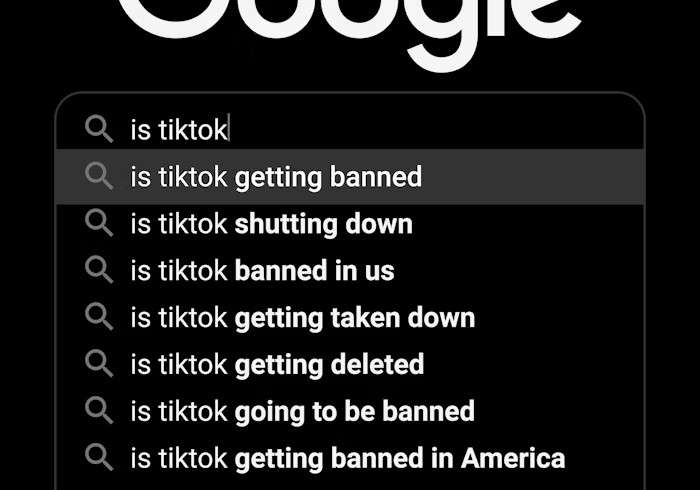
The foundation of successful ecommerce content optimization rests on understanding two key elements: your target audience and their search intent.
This goes beyond simply knowing their demographics – it’s about knowing and covering their specific needs, wants, and the questions they’re asking throughout their buying journey.
Who are you trying to reach?
Imagine your ideal customer. What are their interests and pain points? What problems do they face? Understanding your target audience allows you to tailor your content to their specific needs and search queries.
What are they searching for?
This is where search intent comes in. People use search engines for various reasons: some are in the early stages of research, simply browsing for information. Others are purchase-ready, actively looking for specific products.
Here’s the key to ecommerce content optimization: cater to both types of searchers.
Informational Keywords: These keywords indicate someone is in the research and in the early stage of their buying phase.
For example, someone searching for “best running shoes for beginners, or “best social media management tool for businesses” is likely looking for informative content. Here, you can create blog posts comparing different shoe options, highlighting features, and addressing common running concerns.
Transactional Keywords: These keywords reveal a purchase intent. Users searching for “buy Nike running shoes”, or “women’s running shoes size 7” are likely close to making a decision.
Optimize Your E-commerce Content for Both Types
Effective ecommerce content optimization caters to both informational and transactional searches. Here’s how:
Informational Content: Create blog posts, buying guides, and listicles that target informational keywords related to your products.
Transactional Content: Optimize product descriptions with clear benefits, category pages, and meta descriptions with relevant keywords to ensure your products appear in search results when users are ready to buy. Moreover, use high-quality images and easy-to-find purchase buttons.
Remember, a well-rounded content strategy addresses the entire customer journey, guiding users from initial awareness to a confident purchase decision.
2. On-page Optimization

Now that you understand your audience and their search intent, it’s time to optimize your website’s content for search engines and user experience. This is where on-page optimization comes in.
It refers to the strategic use of keywords and content elements directly on your website to improve search engine ranking and user experience. This plays a vital role in ecommerce website development and content optimization, as it makes your content and website more discoverable and converts those clicks into sales.
Here, we’ll explore three key areas to optimize your website content:
Keyword Research and Integration
The first step is identifying relevant keywords that your target audience is searching for. Integrate these keywords naturally throughout your website content, but remember – quality content comes first. Avoid keyword stuffing, a practice that prioritizes keywords over user experience and can actually harm your ranking.
Compelling Product Descriptions
High-quality product descriptions are the lifeblood of any successful ecommerce store. Forget generic, one-size-fits-all descriptions.
Effective ecommerce content optimization requires crafting unique and informative product descriptions that go beyond simply listing features.
Here are some additional tips for optimizing product descriptions:
- Focus on benefits, not just features. What makes your product unique and valuable to the customer?
- Use clear and concise language. Avoid technical jargon and focus on easy-to-understand explanations.
- Incorporate high-quality images and videos. Visuals are powerful tools for showcasing your products and grabbing attention.
- Optimize product titles and meta descriptions. These snippets are often the first thing a potential customer sees in search results, so make them informative and keyword-rich.
Engaging Blog Content
Informative and engaging blog content in your ecommerce content optimization strategy is a key to success. Creating blog posts that target informational keywords related to your products can attract organic traffic and establish your brand as a thought leader in your industry.
Here are some content ideas to consider:
- Buying guides: Help potential customers navigate complex purchases by offering informative buying guides.
- Listicles: Create engaging listicles that showcase your products alongside competitors or complementary items.
- Trend articles: Stay ahead of the curve by writing about current trends and how your products fit into the conversation.
You May Also Want to Read: How to promote your blog: 25 Tried and Tested, Pro Tips
Optimize your blog posts for internal linking to relevant product pages and prioritize a positive user experience with easy-to-read formatting and clear calls to action. A well-structured and user-friendly blog layout also keeps visitors engaged and exploring your website.

3. Tailor Your Content for the Customer Journey
Effective ecommerce content optimization is more than simply creating great content. It’s about strategically delivering the right content at the right time in a customer’s buying journey.
The customer journey typically involves three key stages of the funnel: awareness, consideration, and decision. Here’s how to leverage content optimization to address each stage:
1. Awareness
- Goal: Spark interest and introduce potential customers to your brand and products.
- Content Examples: Blog posts addressing common problems your products solve, listicles featuring your products alongside competitors, informative videos showcasing product benefits.
2. Consideration
- Goal: Nurture interest and provide in-depth information for informed decision-making and convince them why your product is the best choice.
- Content Examples: Detailed product comparisons highlighting unique features, customer reviews and testimonials building trust and credibility, buying guides offering step-by-step advice on choosing the right product.
Fun fact: 99.9% customers read reviews before shopping online.
3. Decision Stage
- Goal: Seal the deal and convert website visitors into paying customers.
- Content Examples: High-quality product images showcasing features and functionality, clear and concise product descriptions emphasizing benefits, special offers and promotions providing an incentive to buy.
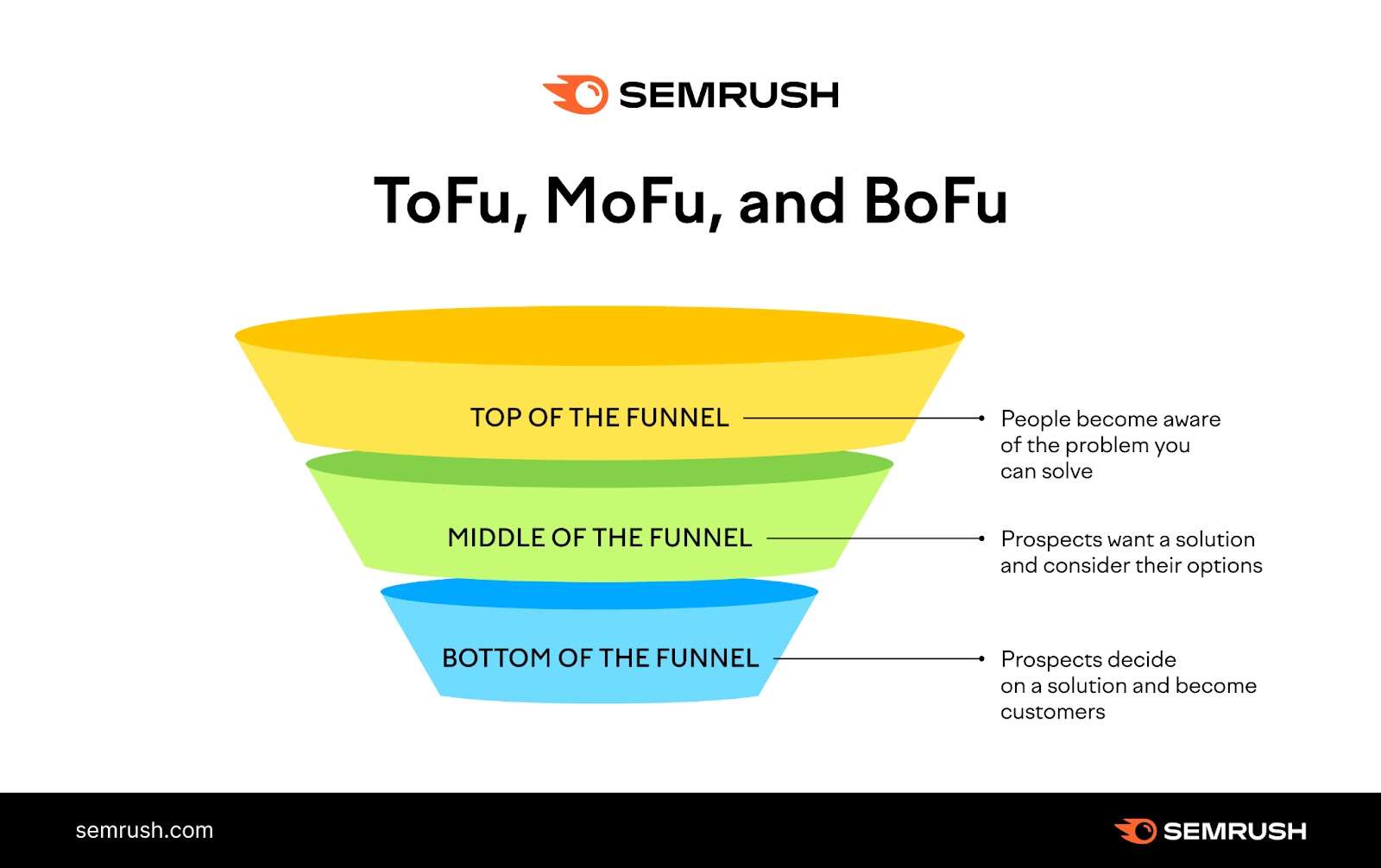
4. Optimize for Mobile and User Experience

The way we shop has dramatically shifted in this online era. Today’s consumers are increasingly mobile-first, using their smartphones and tablets to browse and buy.
This makes optimizing your website for mobile devices absolutely essential for successful ecommerce content optimization.
Here’s why prioritizing mobile optimization is crucial:
Mobile Dominates
Statistics show that smartphones contributed 77% of E-commerce site traffic globally, and have generated two-thirds of online shopping orders. So, it’s clear that a significant portion of online shopping happens on smartphones and tablets. Ensure your website offers a seamless experience on these devices
Fast Loading Speeds
Nobody likes waiting in this fast paced era. And mobile users are especially impatient. If your website takes too long to load, they’ll simply move on to the next competitor. That’s why, optimize your website for speed by compressing images, minimizing code, and leveraging browser caching.
Keep it Simple
Mobile screens are smaller, so avoid overwhelming users with cluttered layouts or excessive text. Prioritize clear navigation, easy-to-read fonts, and large, tap-friendly buttons. Make it effortless for mobile users to find the information they need and complete their purchases.

Optimizing for mobile goes beyond technical aspects. Here’s how to enhance user experience (UX):
- Focus on Readability: Use large, clear fonts and ample spacing for easy reading on small screens.
- Prioritize Product Images: High-quality product images are essential for mobile shoppers. Allow for zooming and multiple image angles to showcase product details.
- Simplify Checkout: A lengthy checkout process is a mobile conversion killer. So, offer guest checkout options and streamline the purchase process with minimal steps.
5. Technical SEO for Ecommerce Content Optimization
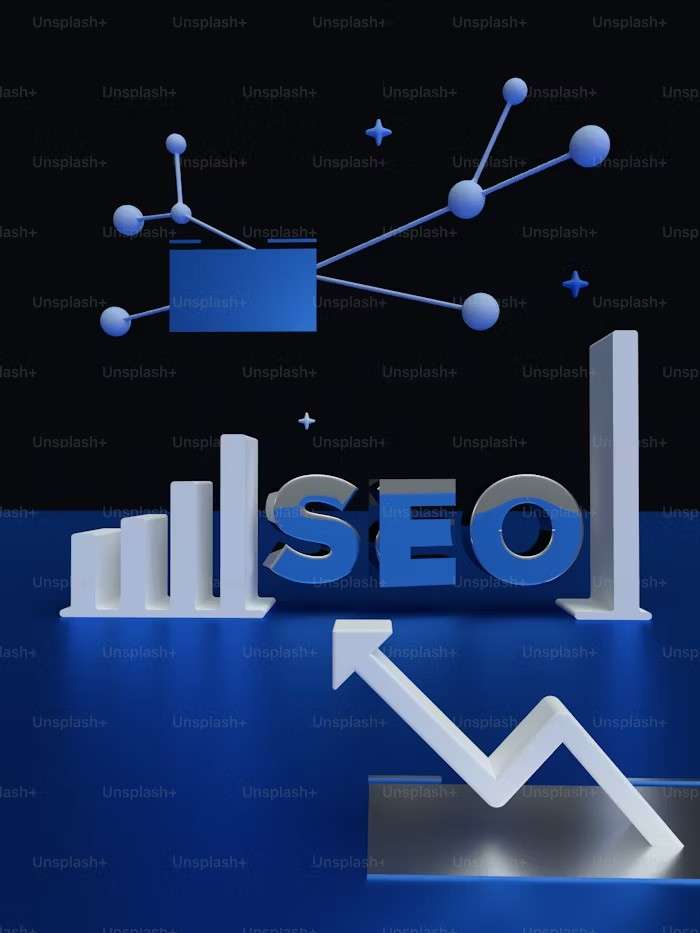
While we’ve focused heavily on content creation and user experience, a strong technical foundation is essential for successful ecommerce content optimization.
Technical SEO refers to the technical aspects of your website that influence how search engines crawl, index, and understand your content. While it might not be as flashy as crafting blog posts, a technically sound website is essential for optimal search engine visibility.
Here’s how technical SEO supports your ecommerce content optimization efforts:
Site Speed
A slow website frustrates users and search engines alike. Optimize images, minimize redirects, and leverage caching to ensure your website loads lightning fast.
Mobile-friendliness
As discussed earlier, prioritize a mobile-friendly website design and user experience. A website that displays well and functions smoothly on all devices is crucial for search engine ranking and user experience.
Clear Site Structure
Search engines love websites with a clear and logical structure. This allows them to crawl and understand your content more effectively. A well-organized website with a clean URL structure and internal linking strategy strengthens your ecommerce content optimization efforts.
Structured Data
Providing additional information to search engines through structured data markup can enhance your search result snippets. Think of it as adding rich details about your products, like prices, availability, and ratings, directly in the search results. This can significantly boost your click-through rates.
Remember, technical SEO works hand-in-hand with your content optimization efforts. This ultimately maximises the impact of your ecommerce content optimization strategy.

6. Content Refreshment and Consistency
The digital world is constantly evolving, and so should your ecommerce content optimization strategy. Fresh, up-to-date content not only keeps your audience engaged but also signals to search engines that your website is active and relevant.
Here’s why content refreshment is crucial:
Maintain Accuracy
With time, information online can become outdated quickly. Regularly refreshing content ensures product descriptions, blog posts, and other information are accurate and reflect the latest trends or industry developments.
Boost Search Rankings
Search engines favor websites with fresh content. Regularly updating your content with new information and relevant keywords can improve your website’s ranking in search results.
Engage Your Audience
Fresh content keeps your audience coming back for more. So, regularly add new blog posts, product updates, or informative guides. This demonstrates your commitment to providing valuable information and keeps your brand at the forefront of their minds.
Here are some effective ways to refresh your content:
Update Existing Content: Revisit older blog posts and product descriptions. Incorporate new information, statistics, and industry trends to ensure your content remains current and valuable.
Create Evergreen Content: Develop timeless content that stays relevant year-round. This could include informative guides, buying tips, or product comparisons that hold value for your audience regardless of the season.
Seasonal & Promotional Content: Capitalize on seasonal trends and promotions to generate excitement. Create blog posts highlighting gift ideas for holidays or write product descriptions emphasizing seasonal benefits.
However, consistency is key. Don’t overwhelm your audience with a content avalanche.
Here’s how to establish a sustainable content creation schedule for successful ecommerce content optimization:
Develop a Content Calendar: Plan your content strategy in advance. Allocate time for creating new blog posts, updating product descriptions, and refreshing existing content.
Schedule Regular Updates: Commit to a consistent publishing schedule. Whether it’s weekly, bi-weekly, or monthly, consistency builds trust with your audience and establishes you as a reliable source of information.
Focus on Quality Over Quantity: It’s better to have a few high-quality, informative pieces than a fhuge list of mediocre content. So, prioritize creating valuable content that resonates with your audience.
Repurpose Existing Content: Repurpose successful blog posts into infographics, short videos, or social media content. This expands your reach and maximizes the impact of your existing content.
7. Track and Analyze your Results
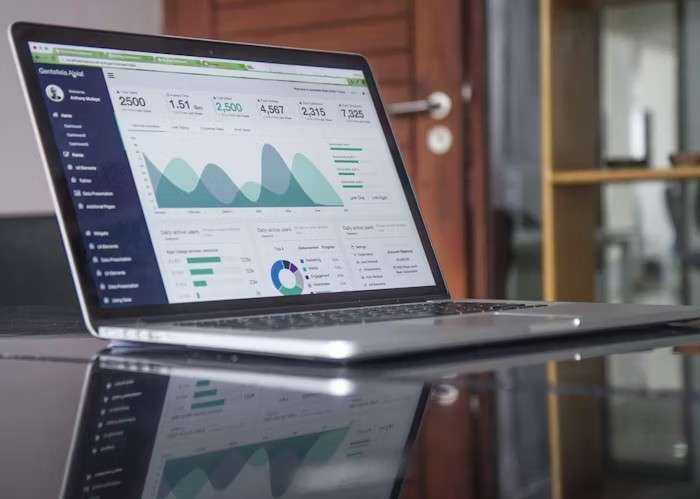
Data is key in ecommerce content optimization. Tracking key metrics allows you to measure the effectiveness of your content and identify areas for improvement.
Here’s why content measurement and tracking are crucial:
Identify What Works
Numbers don’t lie. By tracking metrics like organic traffic, conversion rates, and bounce rates, you can see which content pieces resonate with your audience and drive sales.
Optimize for Improvement
Not all content performs equally. Data highlights areas where your content might be falling short. Perhaps a blog post isn’t converting as expected, or a product description lacks clarity. Use this data to refine your content strategy and make data-driven decisions.
Here are some key metrics to track for successful ecommerce content optimization:
Organic Traffic: This shows how many visitors your website receives from search engines. An increase in organic traffic indicates your content optimization efforts are leading to greater search engine visibility.
Conversion Rates: This metric measures the percentage of visitors who complete a desired action, such as making a purchase or signing up for your email list. High conversion rates indicate your content is effectively guiding visitors towards your sales goals.
Bounce Rates: This shows the percentage of visitors who leave your website after viewing only one page. A high bounce rate might indicate your content isn’t engaging or relevant to the user’s search intent.
Many analytics tools can help you track these metrics, such as Google Analytics.

This data-driven approach allows you to continuously refine your ecommerce content optimization strategy. This also ensures your content remains relevant and impactful, ultimately driving more sales and achieving your business goals.
Wrap Up
In sum, ecommerce content optimization empowers you to transform your website into a lead generation machine. By understanding your audience, crafting compelling content, and optimizing for search engines and mobile users, you can attract new customers, boost conversions, and ultimately watch your sales soar.
Ready to take your ecommerce content optimization to the next level? Let SocialBu help. This all in one social media management tool empowers you to streamline content creation, track key performance metrics, and gain valuable content insights to refine your strategy for maximum impact.
Sign up for a 7-day free trial today and unlock the full potential of your ecommerce content.
FAQs
How to improve my E-commerce website?
You can improve your ecommerce website by:
- Identifying target keywords
- Personalizing the shopping experience
- Using alt tags with your images
- Using SEO-friendly URLs.
- Optimizing your product pages and description.
How do you Optimize E-commerce Content?
E-commerce content optimization involves crafting informative content that attracts customers and convinces them to buy. This includes keyword research, compelling product descriptions, and engaging blog posts that address your audience’s needs throughout their buying journey.
What is Optimization in E-commerce?
In e-commerce, optimization refers to making your website more discoverable and user-friendly. This involves optimizing content with relevant keywords, ensuring a smooth mobile experience, and tracking website data to identify areas for improvement.
How can I Optimize my Content?
Content optimization involves understanding your target audience and their search intent. Use relevant keywords naturally throughout your content, focus on the benefits your products offer, and create informative blog posts that position you as an authority in your niche.
Moreover, regularly refresh your content to keep it relevant and maintain a consistent content creation schedule
How do I SEO for an E-commerce Website?
E-commerce SEO involves optimizing your website’s technical aspects to be easily crawled and indexed by search engines. This includes ensuring fast loading speeds, a mobile-friendly design, and using structured data to provide rich search results. Also, create high-quality, informative content that targets relevant keywords.
How do I Create E-commerce Content?
- Start by understanding your target audience and their buying journey.
- Create informative blog posts that address their pain points and introduce them to your brand.
- Write compelling product descriptions that highlight the benefits of your products.
- Use high-quality images and videos to showcase your products in detail.
What is Product Content Optimization?
Product content optimization focuses on crafting descriptions that convince potential customers to choose your product. Highlight the benefits your product offers and how it solves the customer’s problem.
Use clear and concise language, include high-quality product images, and optimize with relevant keywords to improve search ranking.
